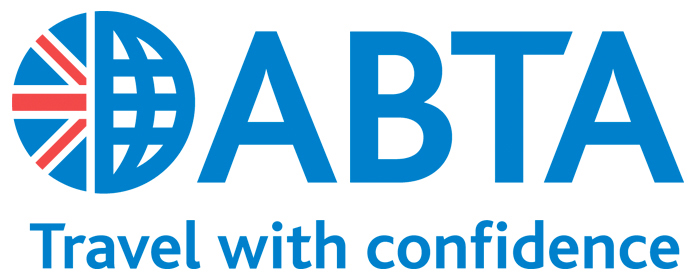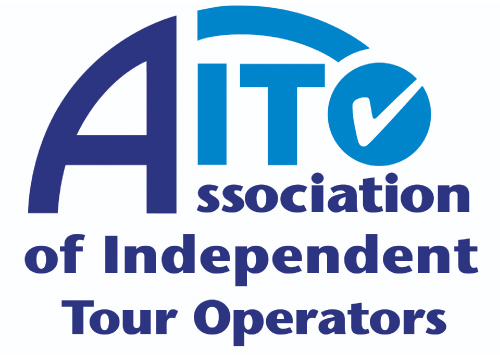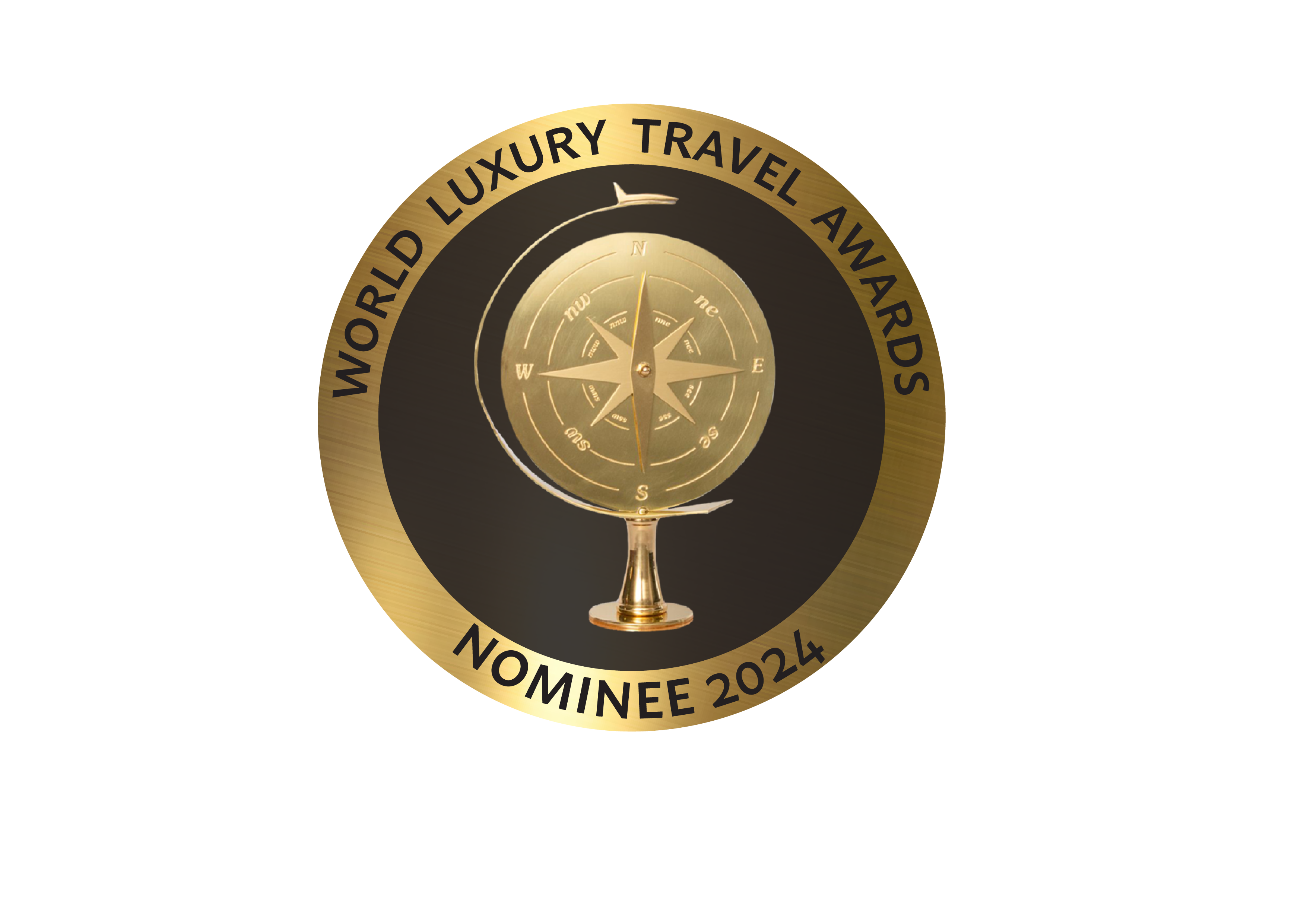Travelling to Botswana it is important to remember some important points regarding the climate. Winter days are warm but the nights can get very cold making it necessary to carry warm clothing for the evening and early morning game drives. Temperatures can court the zero-degree mark at times.
During the summer months the days are hot and the nights are pleasantly balmy. Travelling to Botswna in October needs special mention in that it is the hottest month in Botswana with temperatures touching the plus forty-degree mark. Headgear and sunscreen are important for all months in Botswana. For the visitor Botswana is certainly a place for all seasons – with dramatic landscapes and wildlife interactions to be enjoyed at any time of the year.
Peak season in Botswana is between July and October, with October being the hottest month of the year. It is also the most expensive time of year, and the busiest. This of course makes it the most difficult time in which to secure lodge accommodation or book a safari. So “book early to avoid disappointment”, definitely applies here. With its unique habitats and intriguing locations Botswana is an ideal safari destination all year round – with great game viewing and unique activities.
To experience the peak of the floodwaters in the Delta, the best time to visit would be between June and September, although the areas of permanent Delta will provide a “high water” experience all year round.
April to October
The dry season, and usually the best game-viewing as animals concentrate around permanent waterholes and foliage is sparse.
November to March
The wet season. Several roads become a mud-bath, some lodges and camps are difficult to access and may close for a few months. These are also the hottest months of the years. High humidity prevails. The huge influx of birds makes this the best time for birding in Okavango and Moremi.
The Green Season
This period is pretty wet, and stretches from December to May. Game viewing can be quite challenging since the bush is fairly thick and a few roads may be impossible to traverse. The north-east might expect 600mm of rain with a variability of about 30%, whilst the drier south-west will receive, on average, only 200mm, with a variability of about 80%. Rain tends to fall in short, sometimes heavy thundershowers. Although rain may first fall in September, the greatest amounts go down in the months December through February. It is important to note that, at any time of year, it does not normally rain on more than 2 consecutive days.





